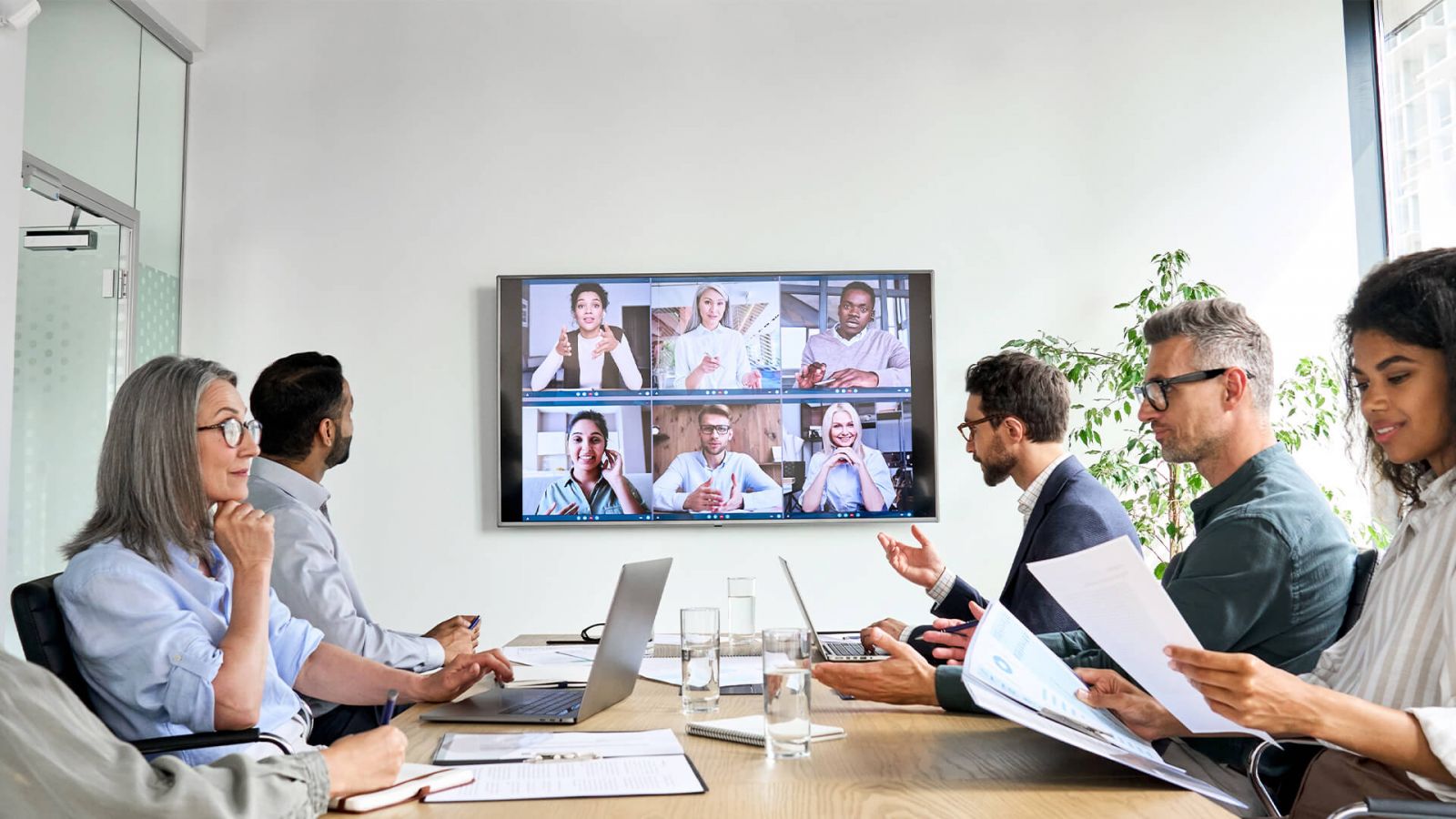Understanding the Importance of Remote Meetings
Why Remote Meetings are Essential in Today's Work Environment
In an increasingly digital world, remote meetings have become essential for collaboration and communication among teams. They bridge geographical gaps, enabling employees to connect regardless of their locations. As many organizations transition to hybrid or fully remote work models, the ability to conduct effective remote meetings is crucial.
Remote meetings not only facilitate real-time communication but also foster teamwork and creativity. They allow for swift decision-making and maintain project momentum, which is vital in a fast-paced business environment. Furthermore, they contribute to employee engagement by providing opportunities for interaction and feedback.
Challenges Faced in Remote Meetings
Despite their advantages, remote meetings come with challenges. Technical difficulties, such as poor internet connections or software glitches, can disrupt the flow of discussion. Moreover, the lack of physical presence may lead to decreased engagement, as participants can easily become distracted by their surroundings. Additionally, non-verbal cues, crucial for effective communication, are often lost in virtual settings, making it harder to gauge participants' reactions.
How to Prepare for Remote Meetings
Setting Clear Objectives and Agendas
Preparation is key to successful remote meetings. Start by establishing clear objectives and creating a detailed agenda. This will help guide the discussion and ensure that all necessary topics are covered. A well-structured agenda allows participants to prepare in advance and contributes to more focused conversations.
Choosing the Right Remote Meeting Tools
Selecting the right tools is critical for enhancing the remote meeting experience. Popular platforms like Zoom, Microsoft Teams, and Google Meet offer various features tailored for different needs. Evaluating your team's specific requirements will help you choose the most effective tool.
Comparison of Popular Remote Meeting Tools
| Tool | Key Features | Best For |
|---|---|---|
| Zoom | Breakout rooms, virtual backgrounds | Interactive meetings |
| Microsoft Teams | Integration with Office apps | Organizations using Microsoft 365 |
| Google Meet | Easy access via browsers | Google Workspace users |
| Webex | Advanced security features | Enterprise-level meetings |
| RingCentral Video | End-to-end encryption | Privacy-focused meetings |
Technical Preparations
Checking Equipment and Connection
Before the meeting, conduct a thorough check of your equipment. Ensure your microphone, camera, and internet connection are functioning properly. Consider using a wired connection to improve stability. It’s also wise to test the meeting platform to familiarize yourself with its features.
Creating Backup Plans for Connectivity Issues
Having a contingency plan is vital. If you experience connection issues, consider having a backup phone line for participants to call in. This ensures continuity and minimizes disruptions during critical discussions.
Best Practices for Conducting Engaging Remote Meetings
Establishing Ground Rules and Expectations
At the start of each meeting, establish ground rules. Encourage participants to mute their microphones when not speaking and use features like the “raise-hand” function for organized interactions. Setting these expectations fosters a respectful and efficient meeting environment.
Techniques for Keeping Participants Engaged
Tips for Encouraging Participation
Encouraging participation can be challenging in virtual settings. Utilize interactive techniques like polls or breakout sessions to involve attendees actively. Asking direct questions to specific participants can also promote engagement.
Utilizing Interactive Tools During Meetings
Employing tools that enhance interaction, such as virtual whiteboards or collaborative documents, can also keep participants engaged. These features allow team members to contribute ideas visually, making discussions more dynamic.
Time Management Strategies for Remote Meetings
Time management is crucial in remote meetings. Keep track of the agenda and allocate specific time slots for each topic. This helps prevent discussions from veering off course and ensures all points are addressed within the scheduled time.
Effective Follow-Up After Remote Meetings
Importance of Following Up
Following up after a meeting is essential for maintaining clarity and accountability. It helps reinforce key points discussed and ensures everyone is aligned on next steps.
Key Elements to Include in Follow-Up Communications
Summarizing Key Discussions and Decisions
When sending follow-up communications, include a summary of key discussions and decisions made during the meeting. This serves as a reference for participants and helps those who were absent stay informed.
Assigning Action Items and Next Steps
Clearly outline action items assigned to team members, along with deadlines. This accountability fosters productivity and ensures that meeting outcomes are translated into actionable tasks.
Scheduling Future Meetings
Finally, if applicable, schedule future meetings during the follow-up. This helps maintain momentum and keeps the team engaged in ongoing projects.
Conclusion
Recap of Key Takeaways
To ensure successful remote meetings, preparation, engagement, and follow-up are paramount. Here are the key takeaways:
- Set clear objectives and agendas to guide discussions.
- Choose the right tools that fit your team's needs.
- Engage participants through interactive techniques and clear expectations.
- Follow up with summaries and action items to maintain accountability.
The Future of Remote Meetings in the Workplace
As remote work continues to evolve, mastering the art of remote meetings will remain crucial. Embracing new technologies and strategies will enhance collaboration and connection among distributed teams.

By implementing these practices, teams can thrive in remote environments, making meetings not just a necessity but also an opportunity for innovation and collaboration.
For more insights on remote work, consider reading our post on Finding the Perfect Communication Tools for Your Remote Team or learn about Trust-Building Tips for Thriving in a Remote Work World.
Key Takeaways:
- Prepare effectively with clear objectives and agendas.
- Choose suitable tools for your team’s needs.
- Engage participants actively during meetings.
- Follow up diligently to ensure accountability.
- Embrace the future of remote meetings as a continuous journey.
